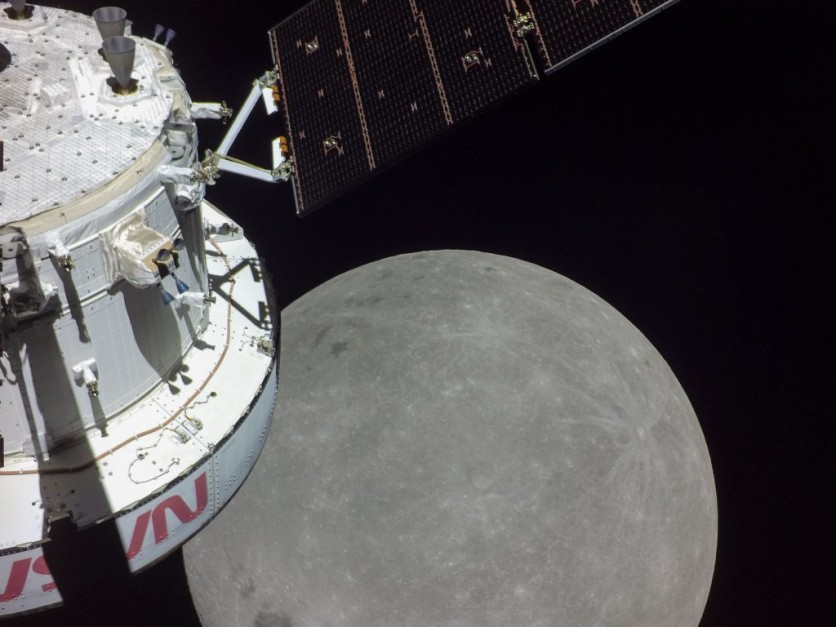Artemis 1's journey was long, but its lunar destination was worth the wait!
On its journey to a world-record-breaking orbit, NASA's Orion spacecraft, which had test dummies in place of astronauts, finally reached the lunar surface on Monday, Nov. 21, as reported first by AP.
It marks a significant accomplishment in the $4.1 billion test journey that started last Wednesday and is the first time that NASA has visited the moon in 50 years.

"Giddy"
According to flight director Judd Frieling, employees at Houston's Johnson Space Center, home of Mission Control, were "giddy" when they saw a video of the moon and planet more than 230,000 miles (370,000 kilometers) in the distance.
The crew capsule, along with its three wired-up dummies, was on the moon's far side during the close encounter that occurred within 81 miles (130 kilometers).
Flight controllers in Houston did not learn whether the crucial engine firing went smoothly until the spacecraft came out from behind the moon due to a half-hour contact loss. A photo of the Earth, which appeared to be a small blue dot surrounded by a dark background, was returned by the capsule's cameras.
According to NASA, the capsule rocketed well above 5,000 mph (8,000 kph) when it reestablished radio communication. After almost an hour, Orion flew over Tranquility Base, where Buzz Aldrin and Neil Armstrong made their historic touchdown on July 20, 1969.
Since the pass was dark, no photos were taken of the location, but NASA vowed to make an effort to take shots on the return flyby in two weeks.
Breaking Apollo 13's Record
This weekend, Orion will surpass Apollo 13's record of approximately 250,000 miles (400,000 kilometers) from Earth for the farthest distance traveled by an astronaut-designed spacecraft set by NASA in 1970.
It will also be reaching a maximum distance from Earth next Monday at roughly 270,000 miles (433,000 kilometers).
Before returning to Earth, the capsule will spend almost a week in lunar orbit. The spacecraft is expected to splash down in the Pacific on Dec. 11.
Orion lacks a lunar lander; a touchdown won't occur until NASA astronauts use SpaceX's Starship to try a lunar landing in 2025.
Since the project's inception in 2017, its total cost has exceeded $40 billion. Building a space station and a base camp on the moon will be NASA's primary objectives to prioritize human space flight and maintain a permanent presence on the lunar surface.
Related Article : NASA's Artemis 1 Moon Mission Captures First Space Pictures Reminiscent of Apollo 17
This article is owned by Tech Times
Written by Jace Dela Cruz
ⓒ 2025 TECHTIMES.com All rights reserved. Do not reproduce without permission.




